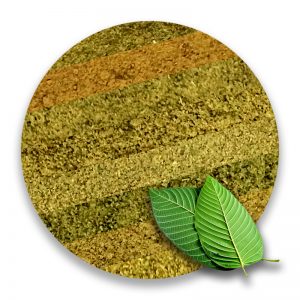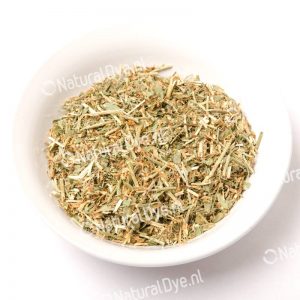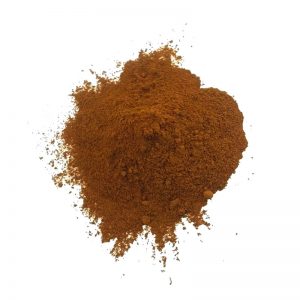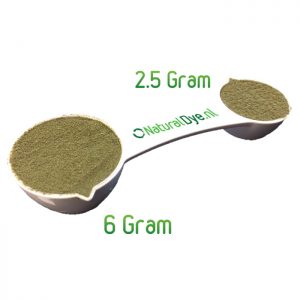goldcoastfabricandtextiledye.com
The natural dyes that we sell are termed exotic, historic, or classic. They yield good to excellent wash and light fastness when used in proper combination with mordants. We use them in our own studio and in our naturally dyed clothing.
A full palette of colors can be achieved by varying the mordants and by blending dyes together (such as cutch and cochineal, or cochineal and madder, or madder and logwood). Overdying with indigo can make greens from osage or burgundies from madder. Many of these dyes are available as raw material (ground leaves, petals, roots etc.) some are always sold as extracts (fustic and lac) and some are available in a specially prepared, very concentrated extract form.
For a thorough introduction to natural textile dyes including information on procedure, mordants, and recipes online.
Natural dyes are inviting and satisfying to use. Most are familiar substances that will spark creative ideas and widen your view of the world. Try experimenting. Color can be coaxed from many different sources. Once the cloth or fibre is prepared for dyeing it will soak up the color, yielding a range of results from deep jewel-like tones to dusky heathers and pastels. Variations are easily achieved by manipulating dyestuff, quantity, or procedure. The instructions below will take you through the application of the "classic" dyes: those dyes that artisans and guilds have used for centuries. You will also learn everything you need to experiment with garden dyes or wild harvesting. If you can measure ingredients and boil water you can dye with natural dyes.
Natural Dyes for Fabric
Not all natural materials will produce a dye, and some produce colors that are nothing like the original plant it came from. Here’s a list of colors and the plant material that will give you shades in that color.
- Orange: carrots, gold lichen, onion skins
- Brown: dandelion roots, oak bark, walnut hulls, tea, coffee, acorns, khetum, biak biak, and varrious stem and veins
- Pink: berries, cherries, red and pink roses, avocado skins and seeds (really!)
- Blue: indigo, woad, red cabbage, elderberries, red mulberries, blueberries, purple grapes, dogwood bark
- Red-brown: pomegranates, speciosa khetum, beets, bamboo, hibiscus (reddish color flowers), bloodroot,
- Grey-black: Blackberries, walnut hulls, iris root
- Red-purple: red sumac berries, basil leaves, day lilies, pokeweed berries, huckleberries
- Green: artichokes, sorrel roots, spinach, peppermint leaves, khetum, snapdragons, lilacs, grass, nettles, plantain, peach leaves
- Yellow: bay leaves, marigolds, sunflower petals, St John’s Wort, dandelion flowers, paprika, turmeric, celery leaves, lilac twigs, Queen Anne’s Lace roots, mahonia roots, barberry roots, yellowroot roots, yellow dock roots
The other brother thing would be the instructions for Dying clothing on there they have and their other ways to dye








